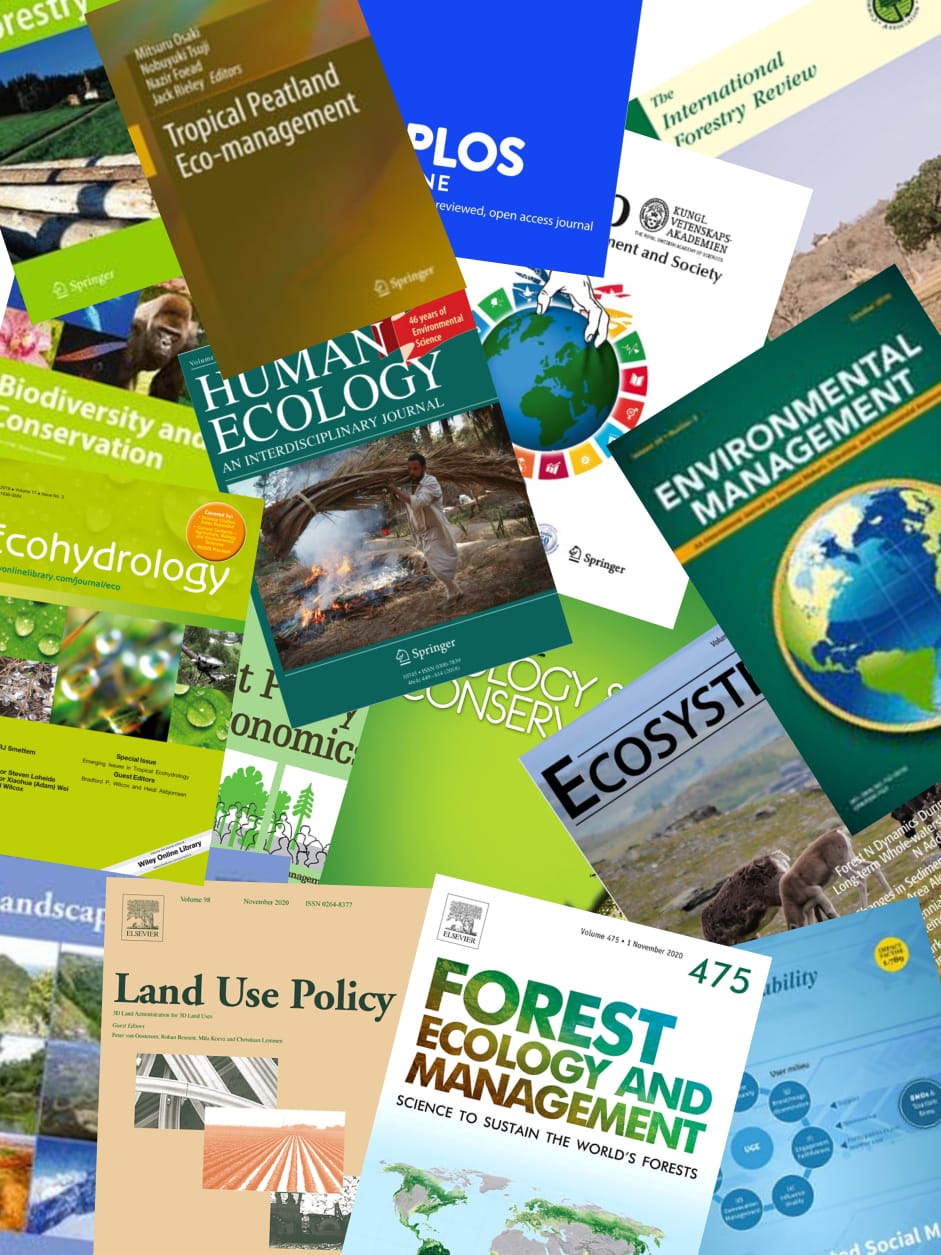Indonesia has 673 peat hydrological units (PHUs) covering more than 26.5 million hectares, of which approximately 70% are located on the Kalimantan and Sumatra Islands. Merang-Kepahyang PHUs in South Sumatra cover a total area of approximately 1.094 km2, comprising three watersheds, namely Merang (360.3 km2), Buring (458.5 km2), and Kepahyang (275.3 km2). This area is globally known as a carbon (C)-rich ecosystem. However, there is still a lack of understanding of the C cycle in this area, primarily associated with land use and cover changes. This study spatially estimates belowground carbon stocks and relates them to land elevation, land use, and soil unit. To reduce inaccurate estimates, the volume of the peat is discretized by a 200 m × 200 m grid as a grid based analysis. This assessment aimed to obtain the baseline data with particular attention to provide information on the peat carbon and its spatial distribution in each watershed. We conducted field surveys and image analysis based on SPOT 6 (1.5 m/pixel with raster format 200 m/pixel) to produce interpolated data and maps of land use, soil unit, land elevation, peat thickness, and peat carbon. We found that the land elevation ranged from 1.5 to 13.0 m-MSL in Merang, from 1.1 to 13.5 m-MSL in Buring, and from 0.2 to 11.6 m-MSL in Kepahyang. Peat thickness in ranged from 1.3 m to 12.9 m in Merang, from 0.8 m to 13.2 m in Buring, and from 0.4 m to 11.4 m in Kepahyang. Peat carbon was 220 Mt in Merang, 225.8 Mt in Buring, and 116.8 Mt in Kepahyang. On average, peat carbon density was 6.11 kt ha−1 in Merang, 4.92 kt ha−1 in Buring, and 4.24 kt ha−1 in Kepahyang. The cumulative area covering the peat with a thickness greater than 3 m was 334.9 km2 (93%) in in Merang, 379.4 km2 (83%) in Buring, and 193.9 km2 (70%) in Kepahyang. There is a relationship between carbon content and elevation, where most of the high carbon content is in the higher elevation. Furthermore, the trees in the secondary forest are primarily found at higher elevations, while the shrubs are located at lower elevations. This is due to water table conditions below the land surface at higher elevations, and close to land surface at lower elevations. In conclusion, these watersheds are carbon-rich areas which are worthy of conservation while a small portion (<30%) may be used for cultivation.
View source

